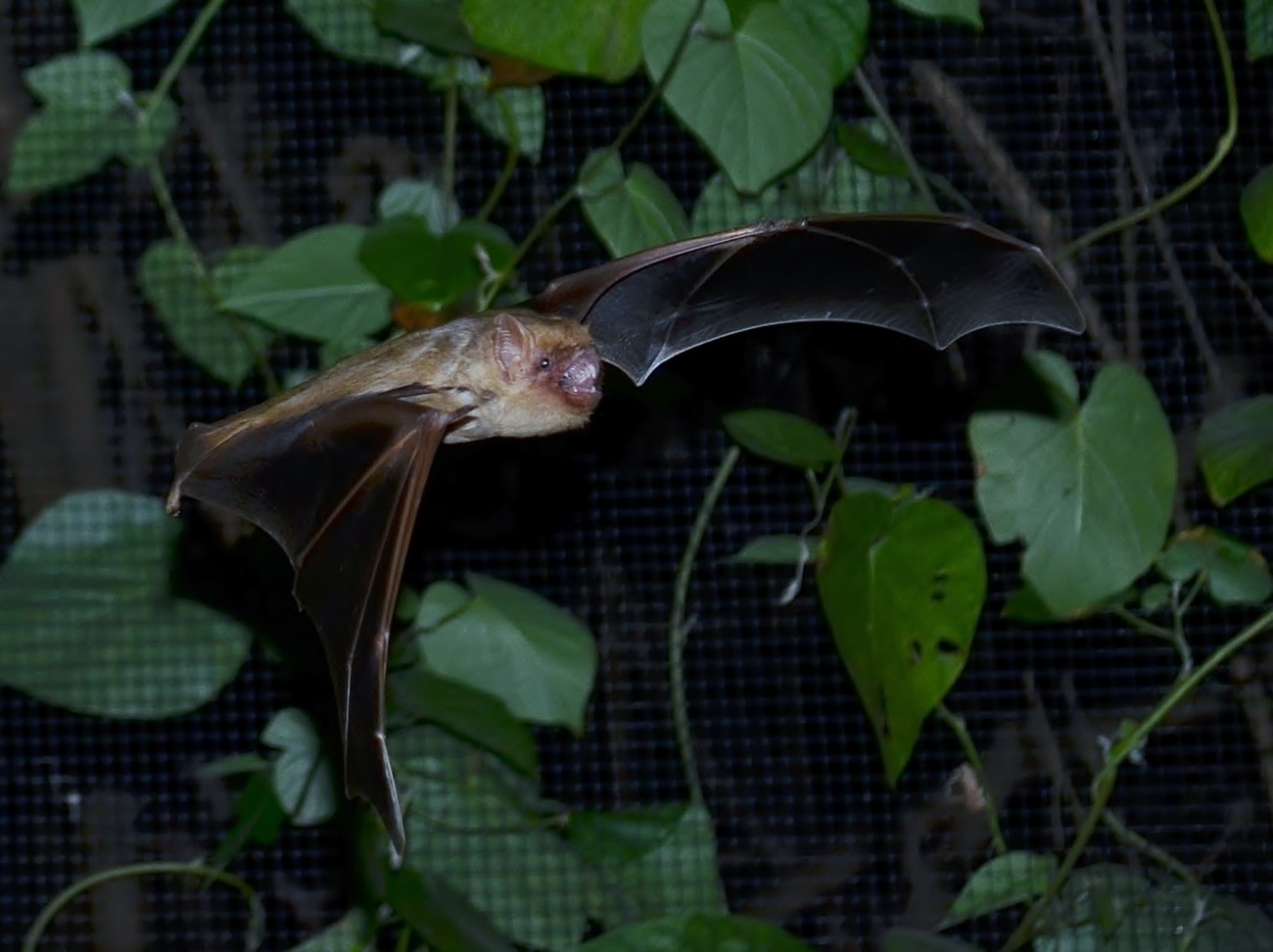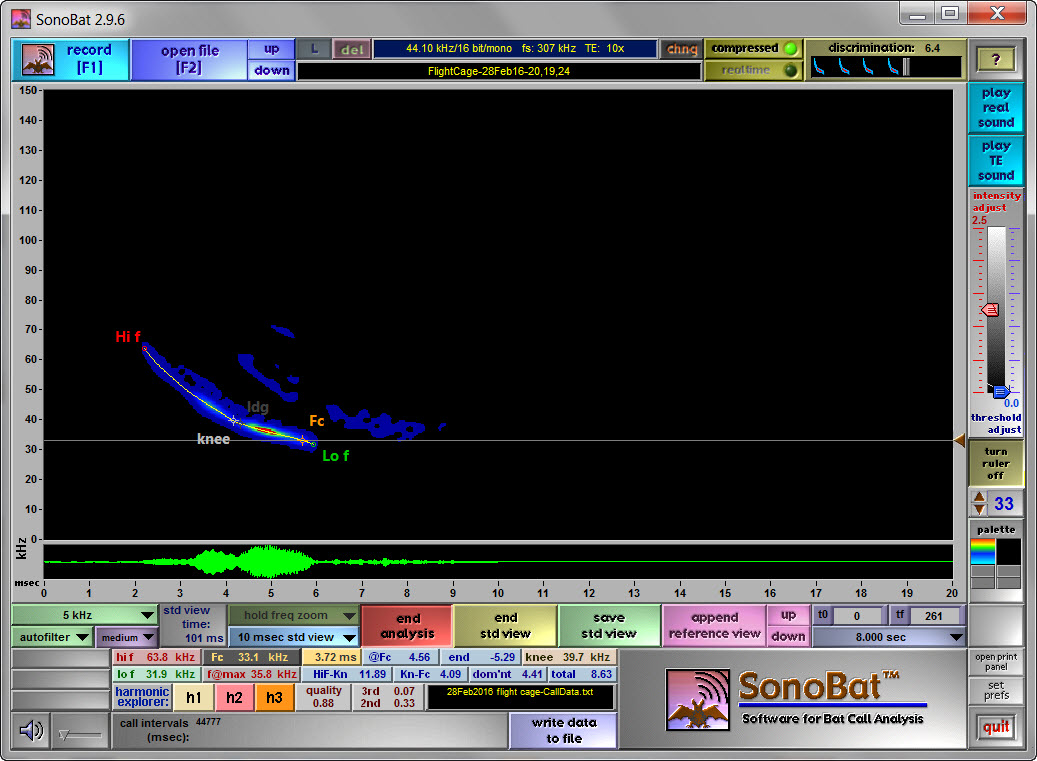- “After thousands of years, we’re still strangers to darkness, fearful aliens in an enemy camp with our arms crossed over our chests.” Annie Dillard
Photo Ark
Renowned NatGeo photographer Joel Sartore visited Austin Bat Refuge yesterday before his talk at SXSW Interactive. We are proud to have contributed three new species to his Photo Ark. Here’s a video of Joel’s contribution to the film Racing Extinction.
Texas Night Sky Festival
The Texas Night Sky Festival was this weekend in Dripping Springs, Texas. It was hosted by the International Dark-Sky Association Texas Section (IDA Texas), Hays County Master Naturalists, and the City of Dripping Springs, the first community in Texas, and the sixth in the world, to receive the International Dark-Sky Community designation in 2014.
From an IDA Brochure: “Join Us in Protecting the Night!”

BCT’s bats & lighting page
http://www.bats.org.uk/pages/bats_and_lighting.html
A treasure trove of critically important information for everyone, but especially for Austin’s South Central Waterfront District
Bats & Lighting UK Guidelines 2014
http://www.bats.org.uk/data/files/Bats_and_Lighting_-_Overview_of_evidence_and_mitigation_-_2014.pdf
Rucker Bat Cave & Fern Cave, early spring
Rucker & Fern early spring 20 MB click link to left for video
Rucker Bat Cave (TX8) in Edwards County Texas is always active this time of year, as Mexican free-tailed bats make their way back into Central Texas. This reflectivity represents many hundreds of thousands of bats. Were happy to see Fern Cave (TX6) in Val Verde County with a large emergence also, we have been seeing fewer bats there than in years past.

She’s sustaining flight tonight

Yes she has teeth, but she’s not snarling, just echolocating, to see in the dark and to find one of the juicy moths or beetles flying about the enclosure. After parsing many call sequences from that evening, we analyzed this one call out of a call sequence we think is hers. Many of our local species, including yellows are not in standard call libraries, but this call is similar to others we have recorded from northern yellows. We hope to get a voucher call when she is released soon. Voucher calls are recorded from a hand-released bat when no others are flying in the immediate vicinity. They form the basis of call libraries and that is what we’ll use to develop our own.

Godzilla & Mothra

Northern yellow bats are awesome creatures. At 28.3 grams, she is three times the weight of the velifer in the upper right of the photo. Check out those beautiful broad wings. We’re so lucky to have them in Austin! Let’s help them out by not trimming the skirt of dead fronds under the green crown of our palm trees. They have evolved to blend in perfectly with that habitat. They feel so secure there, that they are slow to awaken from torpor, and often plummet to the ground when the dead fronds are trimmed.
Local Rehabilitation Intake Map
Here’s a compilation of our local rehabilitation intakes. Lots of overlap downtown obscures pins. So many people went out of their way to help these bats! Thank you all so much.
Key is 1-Mexican free-tailed, 2- Eastern red bat, 3- Northern yellow, 4- Evening bat, 5- Tri-colored bat, 6- Cave myotis, 7- Southern yellow bat, 8- Seminole bat

Batting averages on the rise
